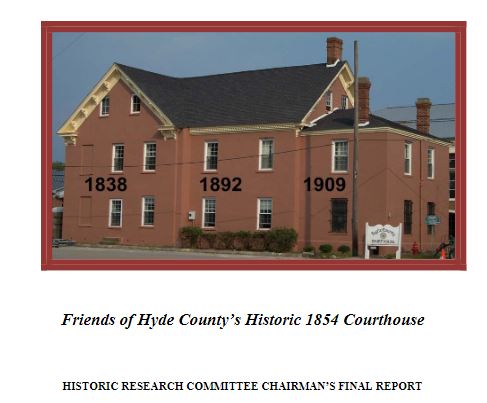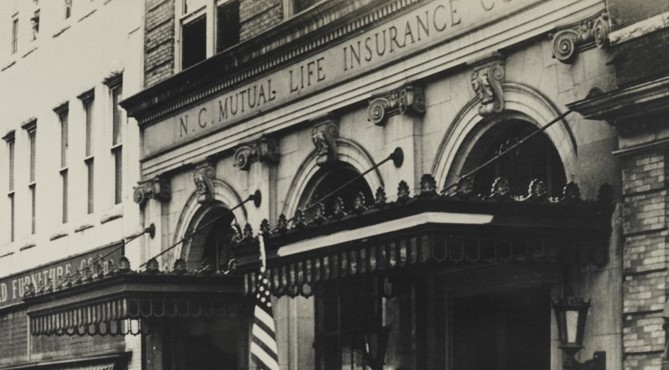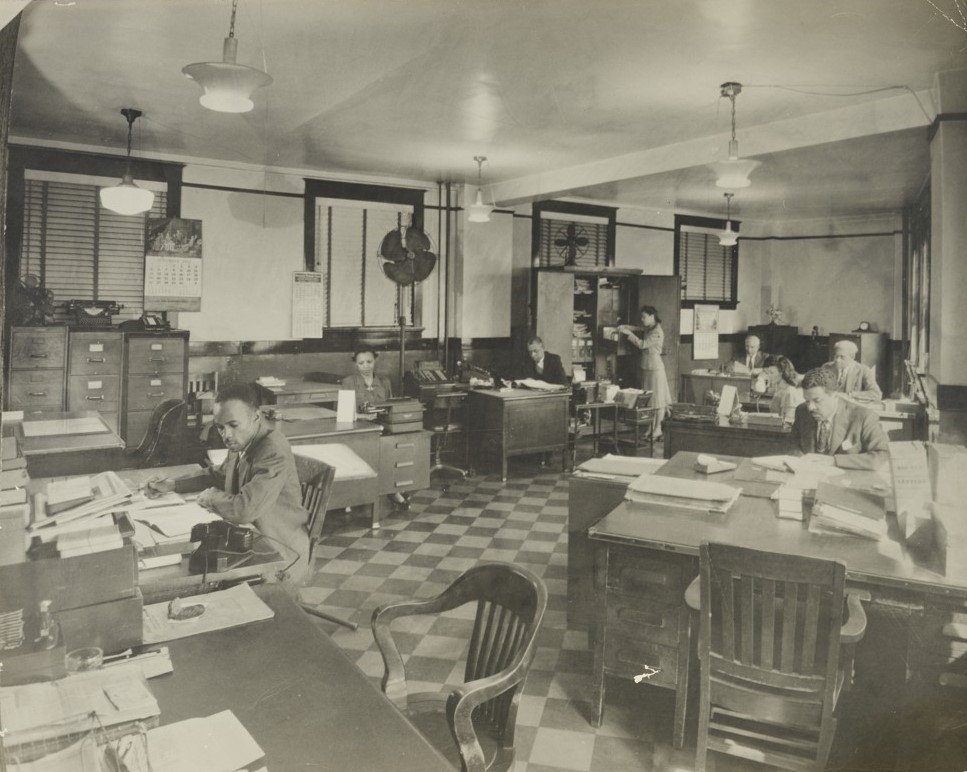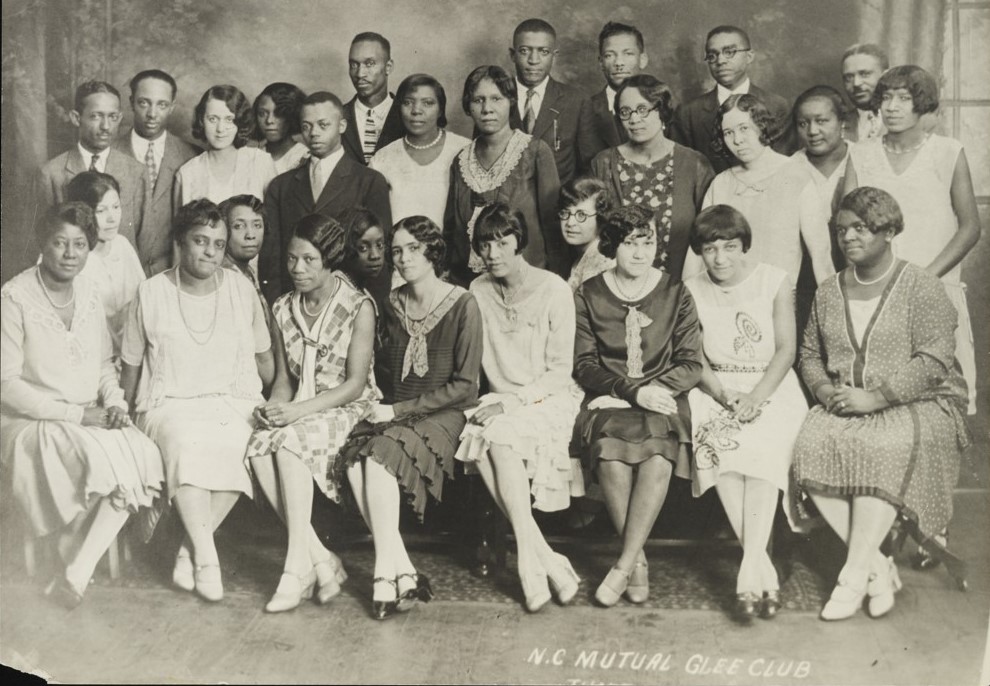Thanks to our partner, the Sanford Woman’s Club, six new scrapbooks with materials related to the Sanford Woman’s Club, Sanford Junior Woman’s Club, and community projects in Sanford are now available to view online.
From 1952 to 1959, cities and towns in Carolina Power and Light Company (CP&L) service areas—including South Carolina—competed with one another for cash awards in the Finer Carolina community improvement contest. In the seven years it was active, the competition incited 4,600 projects aimed at attracting new industry, improving cultural opportunities, upgrading municipal facilities, and more. These improvements were typically documented by the community’s Finer Carolina committee (or similar group) in the form of a scrapbook. Over the years we have digitized several of these scrapbooks, including several from Burgaw and Asheboro. We are excited to share that with our latest batch we now have the Finer Carolina scrapbook for the first ever winner of CP&L’s Finer Carolina contest in North Carolina—Sanford!
For the first Finer Carolina contest, participants had one year—from November 1, 1951 to November 1, 1952—to make their community improvements. Sanford selected construction of new buildings, public school improvements, recreational improvements, industrial and commercial expansion, and improvements initiated by community effort and a program of clean-up and beautification as their broad categories of improvement. Under each of these were several projects headed by one to two community members. A newspaper clipping in the 1951-1952 Finer Carolina Project Sanford Scrapbook lists the proposed projects for each category:
- Construction of new buildings: construction of an addition to Lee County Hospital, new woman’s club building, and Central High School library building, along with the landscaping for the buildings.
- Public school improvements (all at Central High School): completion of the football stadium, initial effort of developing a botanical garden, construction a new baseball field, and landscaping.
- Recreation improvements: installation of irrigated grass greens on Sanford Municipal golf course, construction of a recreational park at the municipal swimming pool, development of McIver Park, and persuading the state highway commission to extend Washington Avenue to give access from what was the “colored residential areas of the city to the colored playground.”
- Industrial and commercial expansion: construction of a new industrial building for Schneierson Co., modernization of storefronts, landscaping of grounds of Saco-Lowell shops, and creation of a special committee to obtain new industries for the Sanford area.
- Cleaning up and beautification: put up attractive signs advertising Sanford on the highway, sponsorship of civic clubs of a clean-up campaign among property owners and residents, clean-up of city and county-owned property, railroad and bus station property clean-up and special clean-up of service stations, hotels, and stores, and installation of guide curbs and safety zones in front of service stations.

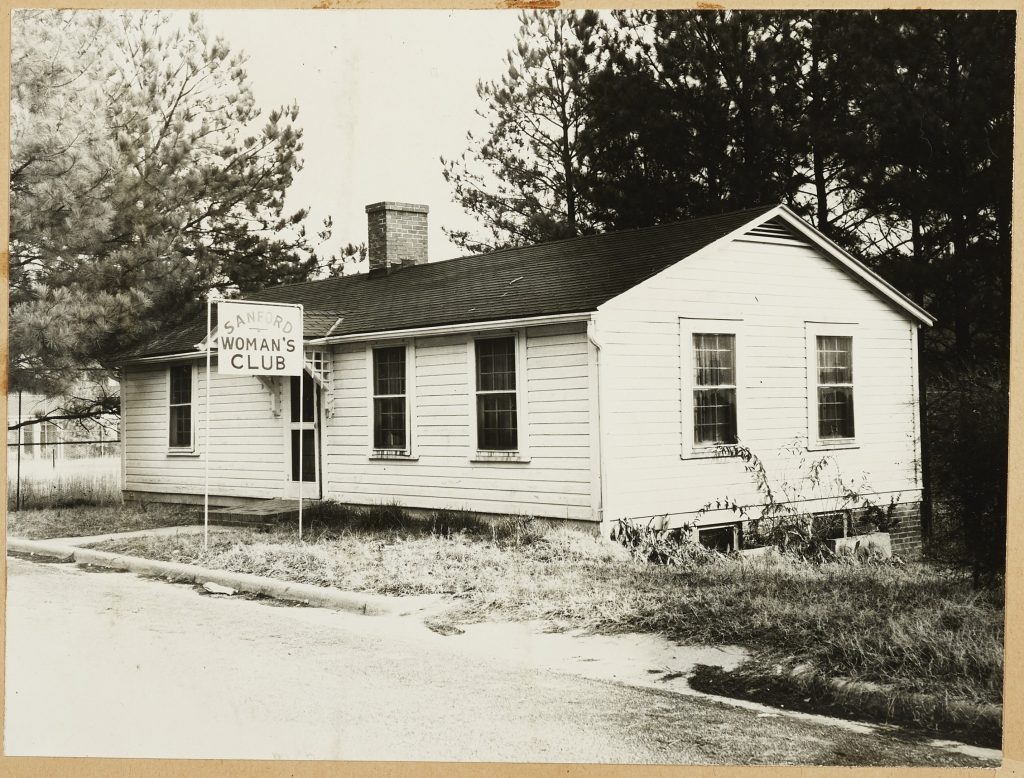
View more progress and finished products in Sanford that won them the Finer Carolina contest, like the building of the new Sanford Woman’s Club building seen above, in the 1951-1952 Finer Carolina Project Sanford Scrapbook.
To view more materials from the Sanford Woman’s Club, visit their contributor page here.
To view more scrapbooks from across North Carolina on DigitalNC, please click here.
Information about the Finer Carolina contest was taken from a previous Finer Carolina blog post in 2012 and the January 23, 1953 issue of The Zebulon Record.
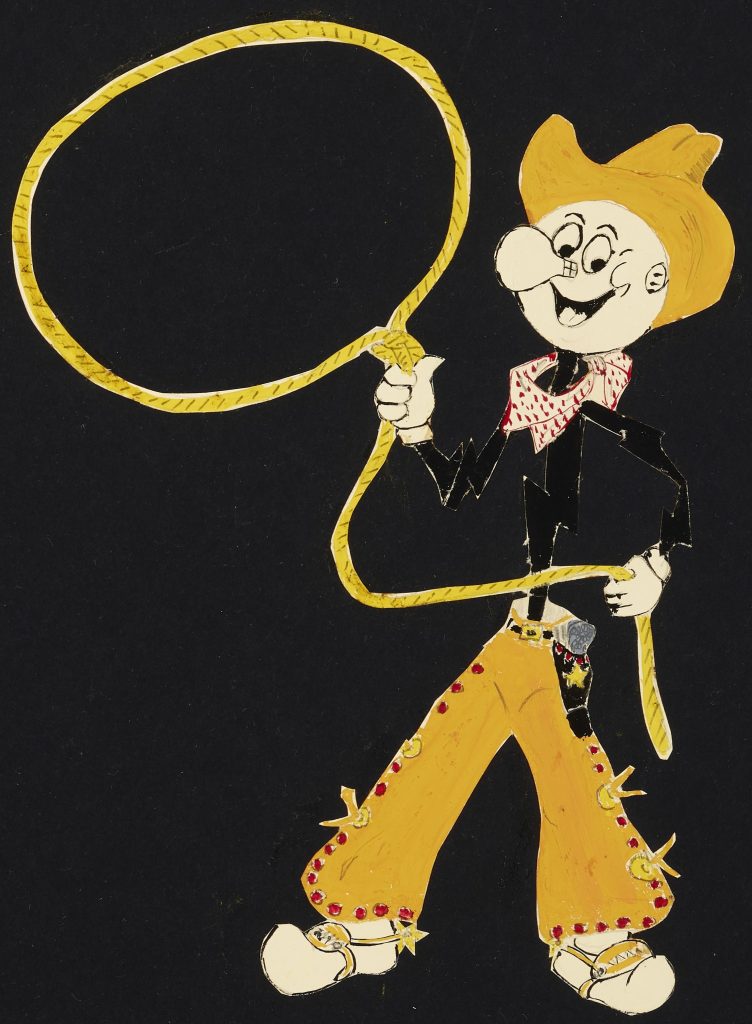

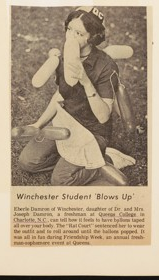
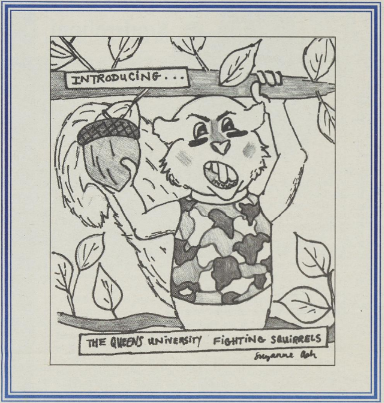

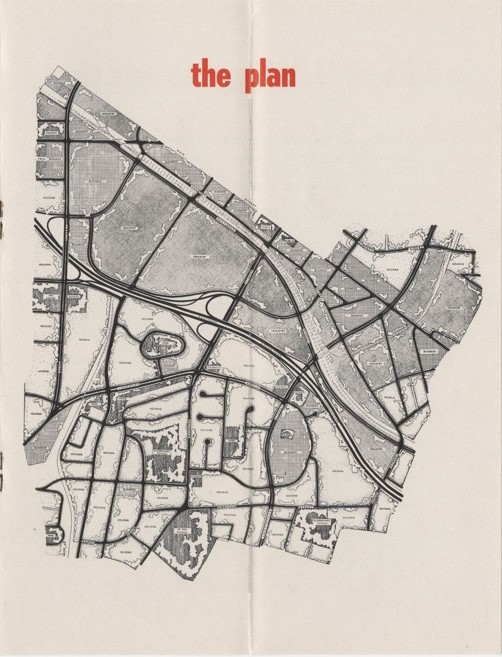
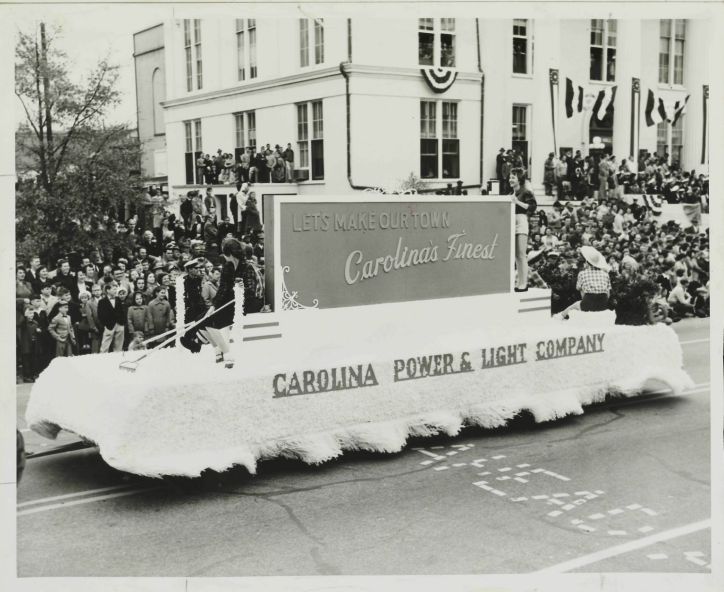
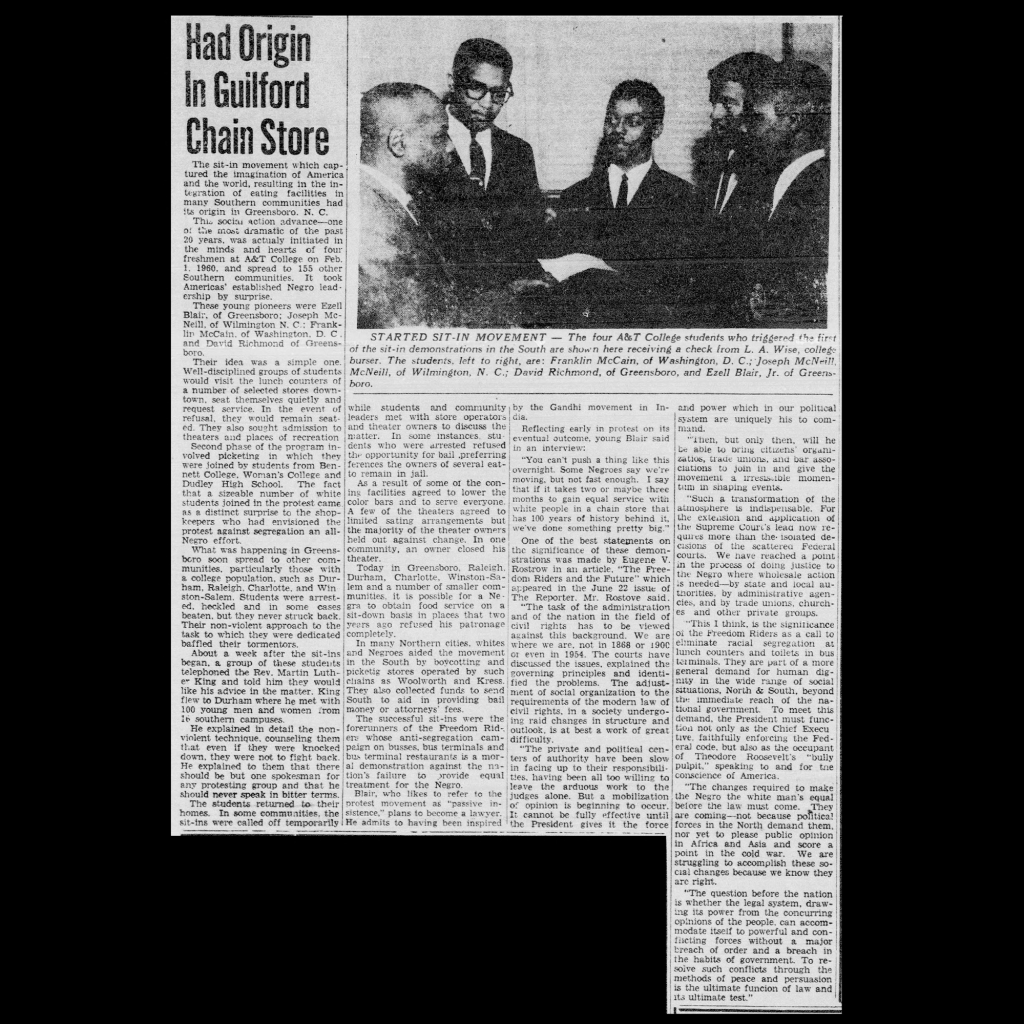
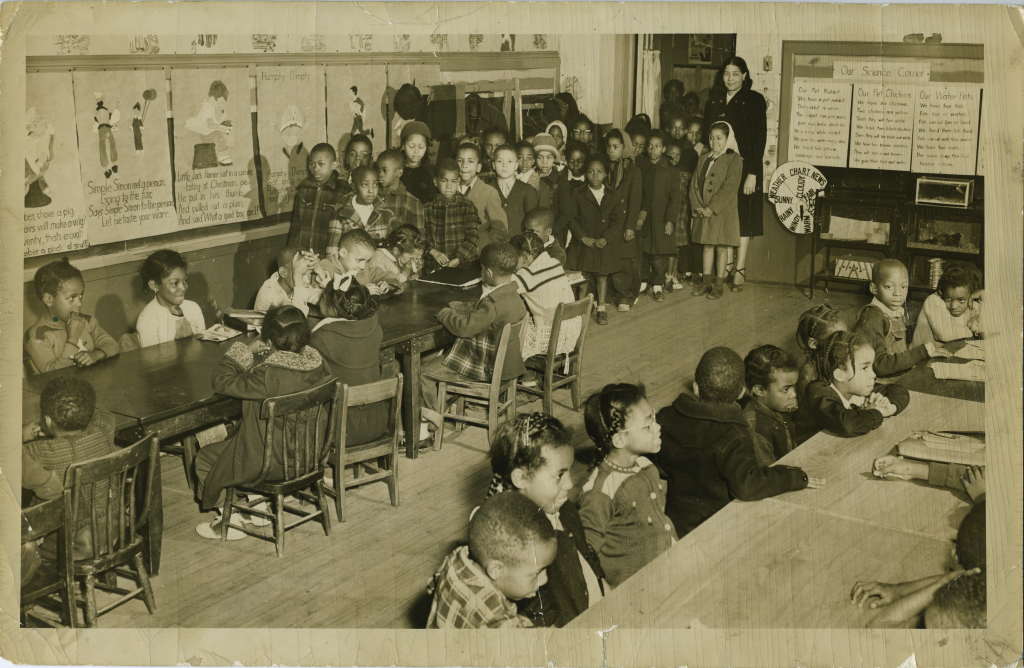
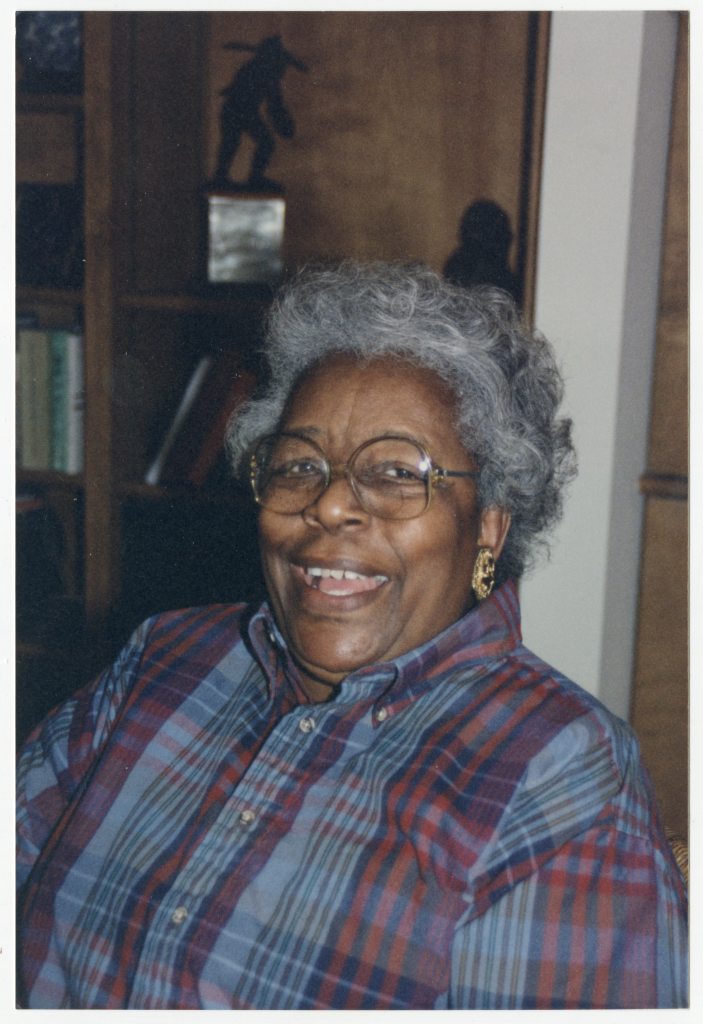
![People are shown marching together as a demonstration in the street, in front of a public building. Signs are shown that read ‘Join our March For Freedom’ and ‘Black and W[hite] Together.’ Protesters are wearing business attire and coats.](https://www.digitalnc.org/wp-content/uploads/2024/10/wsaaa_civilrights_DSC01782-1024x694.jpg)

